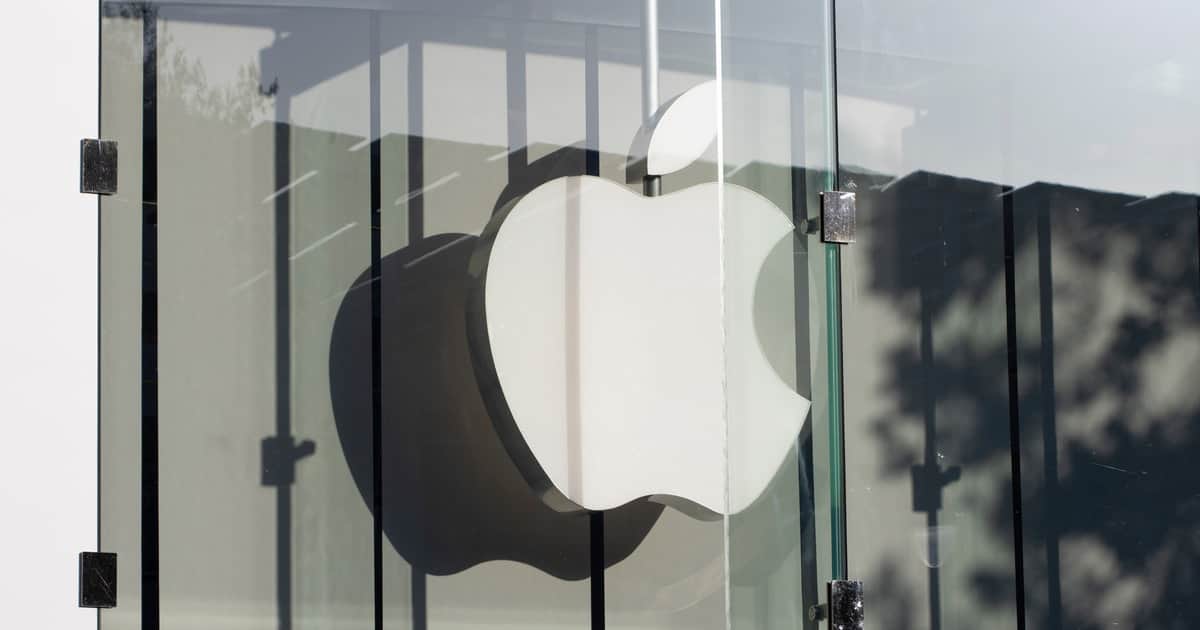Apple is researching something unique for its Apple Glass project, as the company is looking for a self-cleaning way to remove dust that obstructs the wearer’s view.
Those that wear glasses frequently know to keep a cloth nearby. Even under the best circumstances, glasses accumulate fifth. While it likely users will need to clean their Apple Glass devices as well, Apple is looking to change that. New patent applications show that the company is looking for a way to have the device be self-cleaning.
Self-Cleaning Apple Glass
The recently-granted patent, “Particle Control for Head-Mountable Device”, discusses the idea of how a device could automatically remove dust or other debris, which Apple refers to as “optical modules”.
The patent application states, “The quality of the view provided by the optical module can be dependent on the clarity of the optical pathway between the source of the image and the eye of the user”. In more digestible terms, this means that lenses become less clear when stuff is on them.
The problem is that certain particles, such as dust, debris or other foreign objects along the user’s image pathway can ultimately distort the image provided to the user.
The application further states, “In particular, where a display element includes a high-resolution display, such particles on a surface of the display element can block entire pixels and/or multiple pixels, such that the image transmitted to the user is altered from its intended form”.
This is to say that Apple is looking to rid users of the problem of particles blocking the viewing of a simple screen. Apple argues that this problem only increases during the lifespan of the device. This problem can even happen if the device has a seal to prevent particles from collecting.
Furthermore, “degradation, erosion, friction, wear, and/or aging of components” means that “particles can migrate,” or collect within the display element.
No Dust No Fuss
With the problem of particles, Apple’s solution is having the device itself have a measure to remove dust. Apple aims to capture said particles, so that they do not interfere with users engaging with the product. This may be achievable through vibration.
The application suggests that either the display element or the optical element can be moved in a fashion that would remove particles from the viewing surface of the device.
Essentially, Apple Glass may be capable of shaking dust free from the device. The device would then potentially collect said particles somewhere out of the user’s view. This shaking may be an automatic process, or it may be up to the user to engage the feature.
Five different inventors received credit for the patent, including Ivan S. Maric. Previous work from Maric includes a MacBook Pro design that adopts a HomePod-style method of sensing the environment.
While it may still be a bit too early to fully speculate what the future holds for Apple Glass, it seems the Cupertino company isn’t short on ideas.
